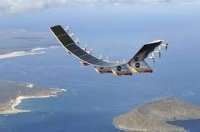AM64
Well-Known Member
- Joined
- Feb 11, 2016
- Messages
- 28,644
- Likes
- 42,598
"Just in time" has been a complete disaster everywhere it was deployed. It is a one-time reduction in inventory and gives a one-time boost to the bottom line, but when the SHTF if you don't have any inventory, guess what, you can't do squat.
They adopted that mickey mouse Toyota approach to manufacturing where I used to work, and the first part they implemented was JIT inventory management. Once they figured out that the first breakdown meant they couldn't ship any product, they decided that we needed to focus on maintenance.
When they decided to focus on maintenance, they figured out they didn't have enough people to do the work needed. It was a never ending cycle of idiots making decisions in conference rooms that were, at the end of the day, still idiots.
You figure some people got fat bonuses for the one time hit when they used up what was in warehouses. Beyond that, you still order the same amount of stuff and then pay additional logistics staff to keep track of shipments. Just never made much sense beyond the conceptual stage. I'll have to admit bias because my job was all about diagnosing failures and getting stuff running again, and the management who believed that everything could be planned and all should go according to plan were a major PITA. I hated budget time. I was like "If we could predict the failures for the upcoming year to know what staffing and equipment use would be needed, then surely we'd be smart enough to prevent the failure from happening at all."




